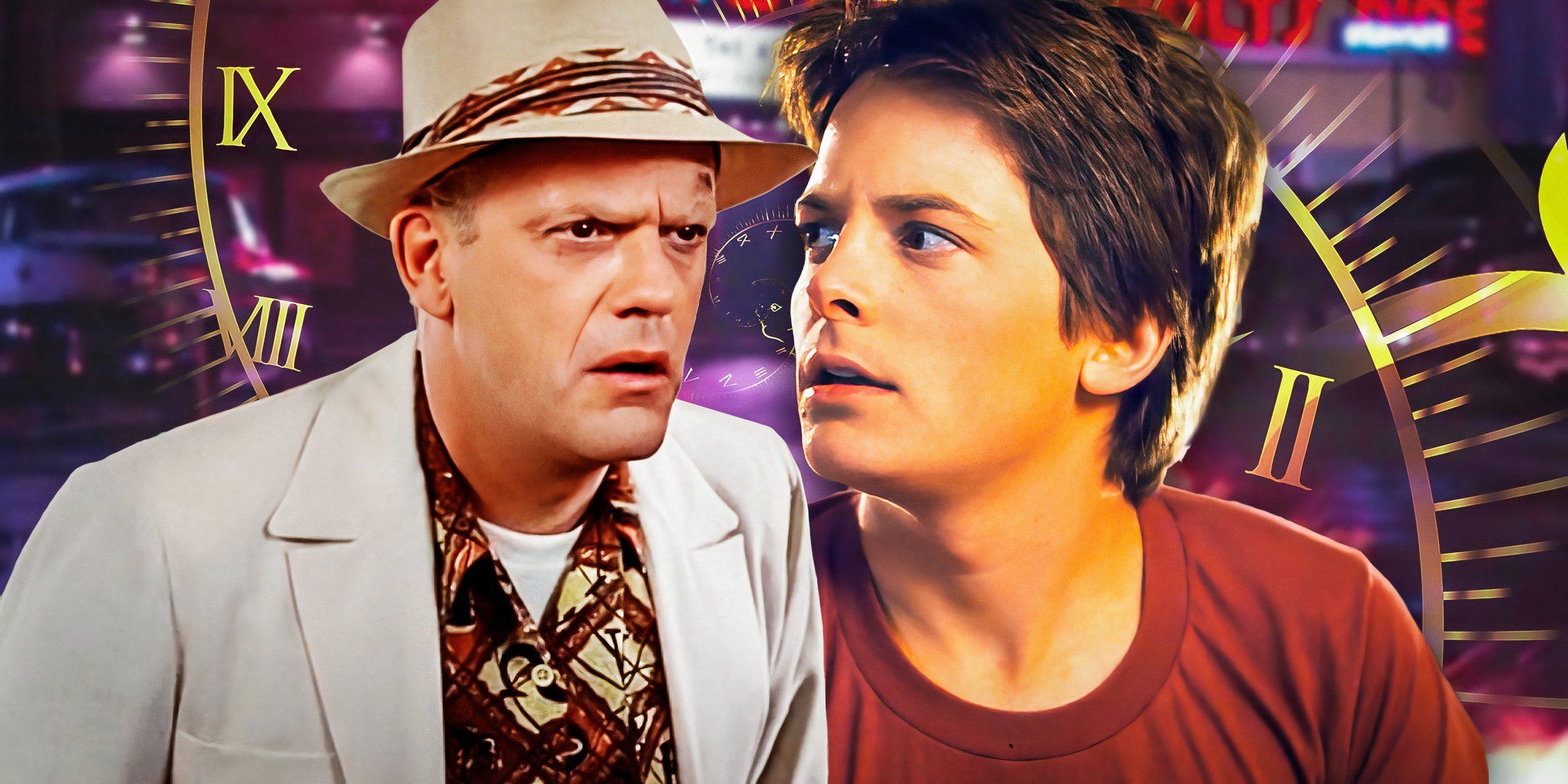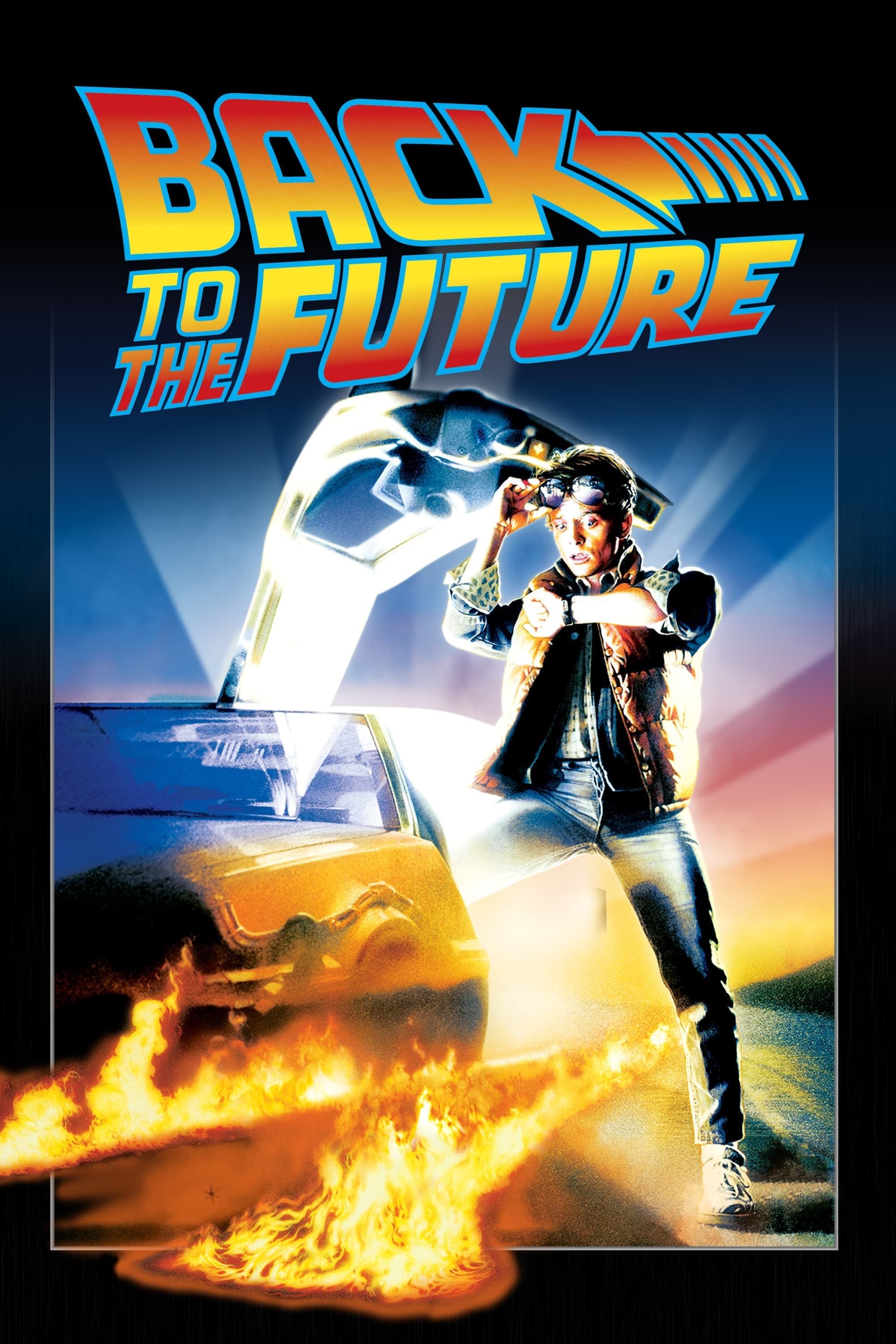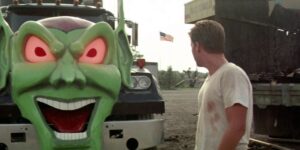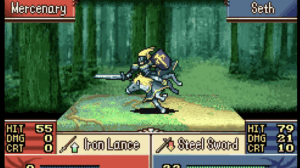Back To The Future 3’s Sequel Starring Christopher Lloyd Really Makes Me Question Doc’s Time Travel Rule
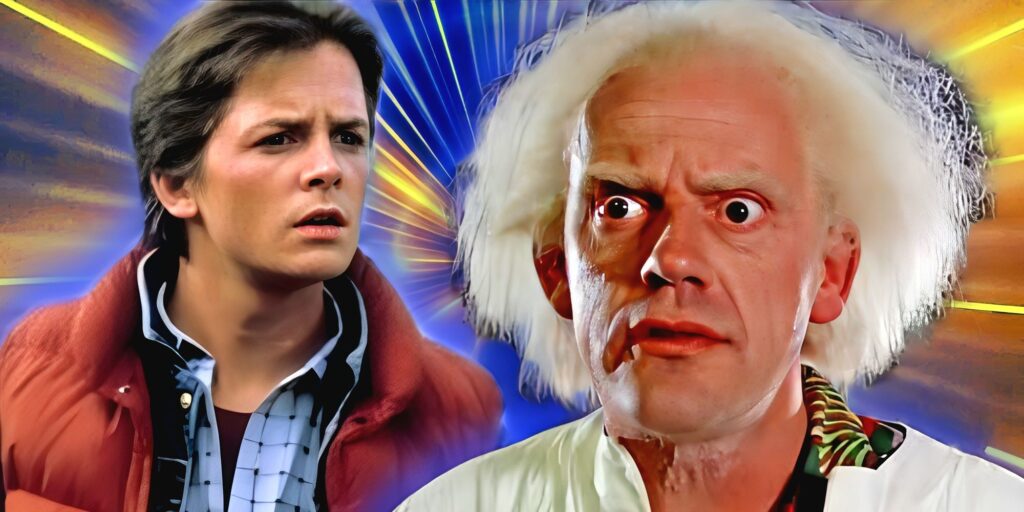
The Back to the Future movies seemingly established a time-travel rule, but their Christopher Lloyd-starring sequel seems to defy that logic in one significant way. More often than not, it is assumed that the Back to the Future franchise consists of only three movies that perfectly tell a well-rounded story before neatly wrapping the overarching storyline. Like most time-travel flicks, the Back to the Future movies are not bereft of timeline issues and narrative inconsistencies. However, they perfectly manage to tell a well-rounded story, which concludes on a satisfying note with the third film.
Interestingly, though, the third movie is not where the Back to the Future timeline ends. Although relatively obscure, a Back to the Future animated series attempts to expand the lore and story beats set by the original trilogy. While the TV show has its own charm and adds many fun and refreshing chapters to Doc Brown and his family’s journey, it raises many questions about how it aligns with the original movies’ time travel rules and internal logic. From the looks of it, the Back to the Future animated series forces one to make an assumption that breaks a foundational rule from the films.
Back To The Future’s Animated Series Works Much Better If It’s An Alternate Universe
Many Story Elements From The Series Do Not Align With The Movies
The Back to the Future animated series tries to sell itself as a direct sequel to the original movie trilogy. The show’s lore establishes that it unfolds after the events of the third film. However, even though it draws references to the films and even marks the return of some original cast members, it is hard to see it as a direct extension of the movies’ universe. The TV series features Christopher Lloyd as Doc Brown in several live-action segments, but the movies’ creators have never considered it an official follow-up.
2:54
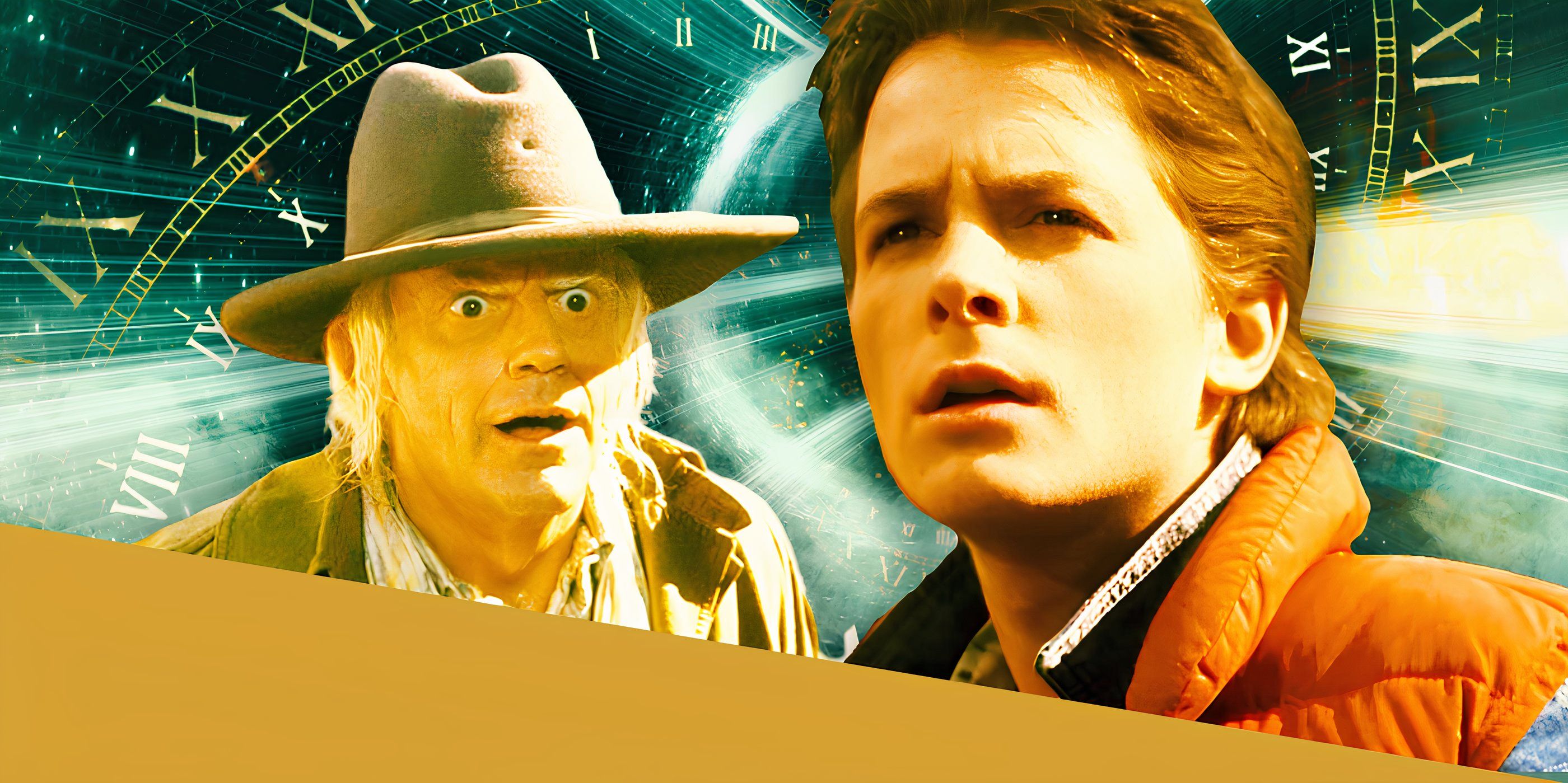
Related
Will Back to the Future 4 Ever Happen?
Released in 1985, Back to the Future basically set the standard for top-notch Hollywood blockbuster filmmaking. Will there be a part four?
Robert Zemeckis and Bob Gale have often said that they do not wish to extend the movie franchise beyond the three films. They have also prevented the movies from being remade or rebooted in any capacity by holding on to their story rights. Since Bob Gayle has also officially stated (via Telltale Games) that the series unfolds in its own alternate timeline, it is hard not to see its story as a parallel world that presents everything from an advanced version of the DeLorean to more exotic locations far beyond the Hill Valley from the films.
Alternate Universes Shouldn’t Exist In Back To The Future (If There Is Just One Timeline)
One Assumption Needs To Be Made To Consider The Series A Direct Sequel
Although the original Back to the Future movies never explicitly mention this, they seemingly establish that as soon as a character ends up in a new alternate future, their other versions from the past cease to exist. The movies almost dismiss the existence of parallel timelines and suggest that only one iteration of a character can exist at once in the future.
This, too, comes with its own set of contradictions and narrative issues because Marty literally sees himself going back in time with the DeLorean. However, most plot points in the franchise only make sense if one assumes alternate universes do not exist.
…If one wishes to see the show as a direct follow-up to the films, one must assume that it retcons one major original time travel rule by establishing the existence of parallel worlds.
According to the original lore, an alternate universe explored by the TV series should not exist. Therefore, if one wishes to see the show as a direct follow-up to the films, one must assume that it retcons one major original time travel rule by establishing the existence of parallel worlds. While this significantly muddles the overarching Back to the Future franchise’s entire timeline, it at least establishes a semblance of connection between the series and the movies and makes the animated show a lot more enjoyable.

